Reducing Labor Spend: How the Right Data Reveals Seasonal Solutions
Many healthcare executives are concerned that patient care will suffer when they are challenged to reduce labor costs. However, leaders often overlook opportunities to better align staff with patient workload.
In fact, implementing creative staffing solutions with a data-driven approach allows hospitals to reduce labor expense, while reinforcing their commitment to specific nursing ratios and quality care. While these decisions require thoughtful review of historical data, the results are only enhanced when executive leadership empowers managers with labor management resources to take ownership of their department’s productivity performance.
Analyzing the Right Data
Department managers should not make critical staffing decisions—particularly those related to cost reduction—until they are equipped with data.
To capitalize on labor cost savings opportunities that do not impact nurse time at the bedside, understanding census level timing is key. One strategy is analyzing monthly patient intake and discharge data over several years, as this reveals seasonality trends.
For example, during a typical winter, Sun Belt states such as Arizona and Florida experience a surge in short-term residents and visitors. In turn, many health systems there experience a corresponding influx of emergency room visits.
Ultimately, healthcare leaders have an opportunity to manage labor cost by deciding how many full-time employees are required during the peak season, and how to address that demand without carrying additional staff during the rest of the year.
Risks Inherent to Peak Season Staffing
In this example, some department managers may account for the wintertime emergency room visit increase by appropriately adding nurses to maintain intended patient ratios. However, this staffing model yields more nurses than necessary during summer. The financial burden of supporting too many employees when patient volumes do not warrant them is obvious.
Customized Labor Strategies for Seasonal Census Levels
The task of customizing unique approaches for each market, hospital, and department can seem daunting to healthcare leaders. However, having the proper information to support decisions can make all the difference. Considering the example of health systems in Sun Belt states, managers can anticipate seasonal surging patient populations ahead of time by using historical census data. Armed with in-depth knowledge of these trends, healthcare leaders can predict the census surge and plan ahead to use the most cost-effective caregiver resources available.
It is important to acknowledge that using predictable historical volume patterns to develop flexible staffing solutions can benefit even one unit in a seasonal market. Thoughtfully utilizing premium labor with the support of historical data is cost-effective. Experienced labor managers develop sophisticated strategies, like seasonal pool workers. For example, a traveling nurse can cost hospitals $55-$80 an hour and overtime costs $40-60 an hour. In contrast, hospitals could tap into a seasonal employee pool by offering temporary pool nurses $40 an hour in exchange for an increased commitment to work over a 12-week period, reducing the hospital’s reliance on more costly premium labor.
Constant Refinement Hardwires Sustainable Improvement
Seasonal staffing strategies allow hospitals to maintain intended staff workload and nursing ratios when patient demand surges, without creating a bloated workforce.
It may be tempting to think that data analysis and the related work to create a program for seasonal staffing would be a one-off or occasional effort. Executives should encourage constant reassessment of data and evaluate seasonal labor performance annually. Doing so will ensure managers are empowered with information to adjust staffing levels as needed throughout the year, supporting efforts to deliver consistent quality care to patients in the communities they serve.
